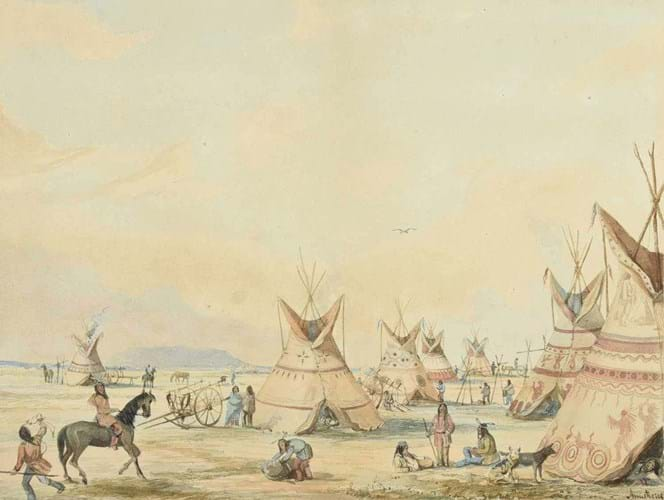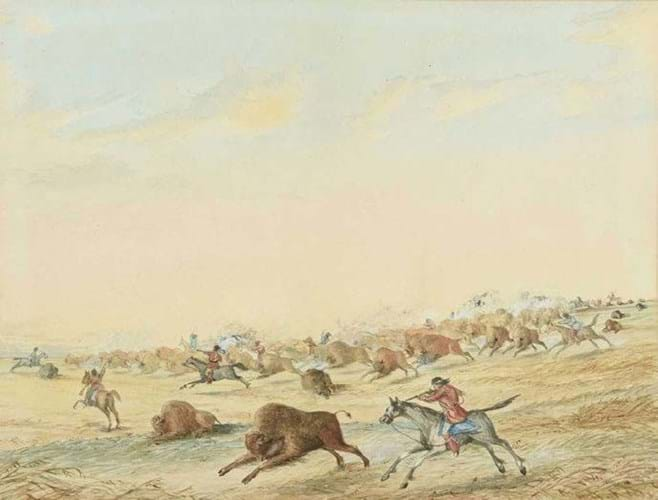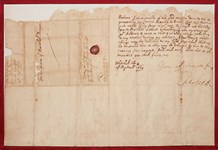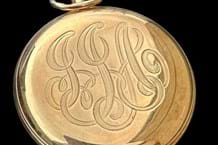However, his art became significant, with drawings and watercolours used by weekly periodicals to illustrate news and events in the colonies, revealing a way of life soon to disappear.
The three watercolours included in the Arts of Africa, Oceania and the Americas auction at Woolley & Wallis (26% buyer’s premium) on February 20 depicted scenes of First Nation peoples at various stages of a buffalo hunt.
They were acquired by Thomas George Fardell when he visited the US in 1861. They had remained in the family ever since and never been offered for sale until now. Fardell was educated at Eton and Christ Church, Oxford, before being called to the bar at Lincoln’s Inn in 1862. He was the MP for Paddington South between 1895 and 1910 and was knighted in 1897.
Estimated at £2000-3000 in the Salisbury auction, Halt on the Plains sold at £15,000, while Buffalo Hunt took £8500 and The Wind Up £5000 (both guided at £800-1200). All measured about 12 x 15in (30 x 38cm).
They went to three separate buyers in the UK and the US.
Armstrong was particularly interested in the native populations of north America and travelled to Lake Superior in 1859 to study the areas as yet unpopulated by Europeans. A similar set of watercolours was presented to the Prince of Wales when he visited Toronto in 1860, and these remain in the Royal Collection.
His composition of the military Red River Expedition in 1870 led by Wolseley featured on the front page of the Canadian Illustrated News.
Attention to detail
“Because of his technical background and connection with the press, Armstrong’s works demonstrate specific and accurate attention to detail,” said W&W specialist Will Hobbs.
“These paintings are contemporary records of a way of life that was under threat by settlers and would soon be unrecognisable. They’re a perfect snapshot in time and therefore offer huge appeal to collectors and historians in this area.
“The continuous provenance and market freshness of these pictures also added to their desirability. There are examples of Armstrong’s works in many public collections across Canada and north America but far fewer examples appear in Europe.”

















